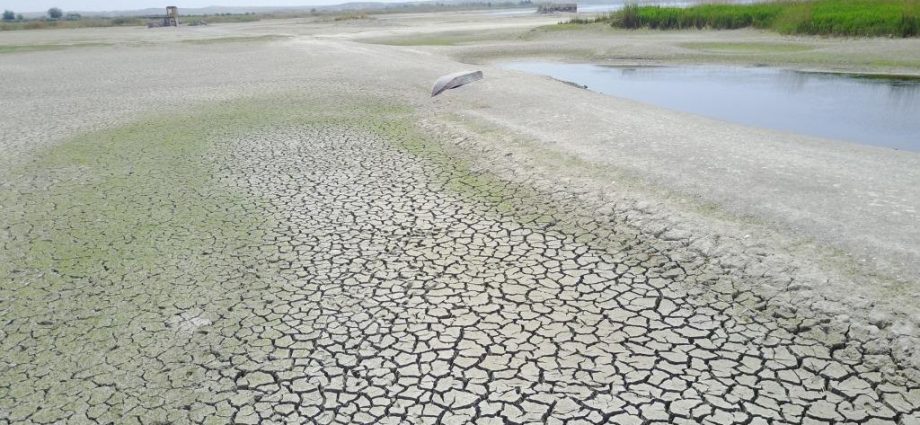The front lines may have stabilized, yet Turkey’s war on North and East Syria continues through its weaponization of water. The dry river beds of the once-mighty Euphrates River are just another image of the brutality of the illegal Turkish occupation of the region.
The Turkish state’s hostility to North and East Syria has been open and brazen for years, with several military interventions leading to the occupation of hundreds of square miles of Syrian territory, along with the displacement of hundreds of thousands of Syrian civilians and deaths of dozens.
Most recently, media outlets around the world had reported on Turkey’s “Operation Peace Spring,” which targeted the areas around Ras-al-Ayn and Tal Abyad with occupation late in 2019. Despite this being the most recent Turkish military offensive, the Turkish war on North and East Syria has continued unabated through several means, including through the manipulation and weaponization of the region’s water supply.
During the 2019 “Peace Spring” Offensive, pro-Turkish forces captured the Alouk water pumping station near Ras-al-Ayn. This station services hundreds of thousands of residents in North and East Syria, especially around Hasakah, and several camps that each house tens of thousands of refugees and displaced residents. In 2020 alone, the station has been shut off sixteen times, and when it is running, it is typically only at partial capacity. According to Heyva Sor, three pumps out of ten are currently being used.
The water levels of the Euphrates have dropped drastically due to the conduct of the forces in control of the Alouk station. This has affected both the amount of water available and the quality. Dozens of people have been hospitalized with illness due to drinking contaminated water, and thousands of families in the region have had to rely on trucks to deliver drinking water.
The drop in water levels has led to the price of water skyrocketing by 200 percent or more in the past year, despite many families living on less than two dollars a day. Furthermore, much of the region’s electricity comes from hydroelectric dams, such as the Tishrin and Tabqa dams. Due to less water flow, the electricity supplied each day has been reduced from sixteen hours to eight.
On top of all of this, the region is suffering from drought and lack of rainfall to begin with, and as such, the artificial tampering with the Euphrates water levels has an even greater effect.
When combined with the continuing depreciation of the Syrian lira, the COVID-19 pandemic, and embargoes by various neighboring states, the weaponization of water by Turkey has exacerbated an already crisis-stricken region, worsening the economic situation for Syria’s breadbasket, and placing the millions of Syrians already at great risk due to COVID-19 at an even greater risk with a lack of access to clean drinking water, as well as severely limiting the amount of electricity for the average household.
For the United States, the goal of the continued presence of American troops in Syria is to continue the partnership with the Syrian Democratic Forces in order to permanently defeat Daesh, or ISIS. While the ISIS “caliphate” was militarily defeated in March 2019, and ISIS cells continue to be targeted and dismantled every week, military efforts alone will not be enough to destroy the ISIS organization and its ideology.
ISIS was born largely out of instability and a power vacuum that resulted in a lack of security and basic services for the region. Severe economic issues such as the Turkish siege on North and East Syria’s water supply will act as counterproductive factors to the ongoing military campaign against ISIS and terrorism in general. Organizations such as these thrive on people’s dissatisfaction and lack of basic services, and as long as economic issues that affect people’s day-to-day lives, such as Turkey’s weaponization of water, are left unaddressed, they will continue to act as a counter-balance to the stability brought on by the anti-ISIS military campaign.

